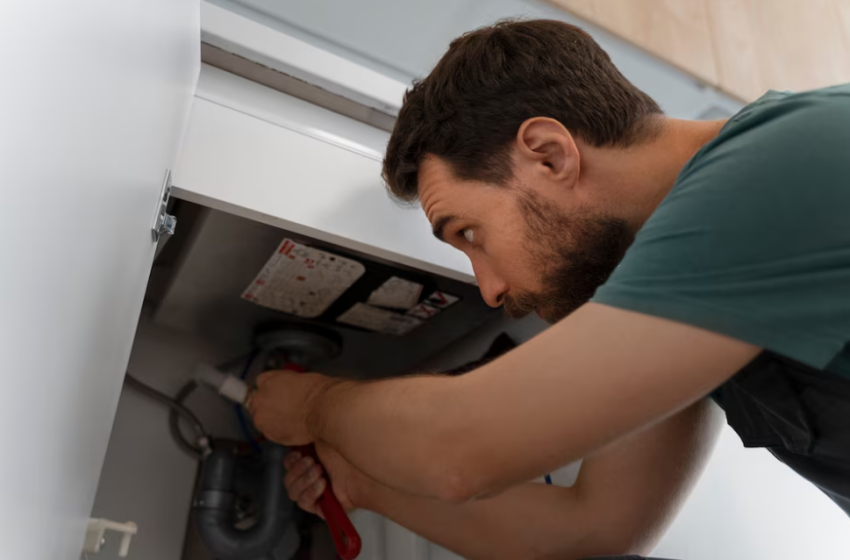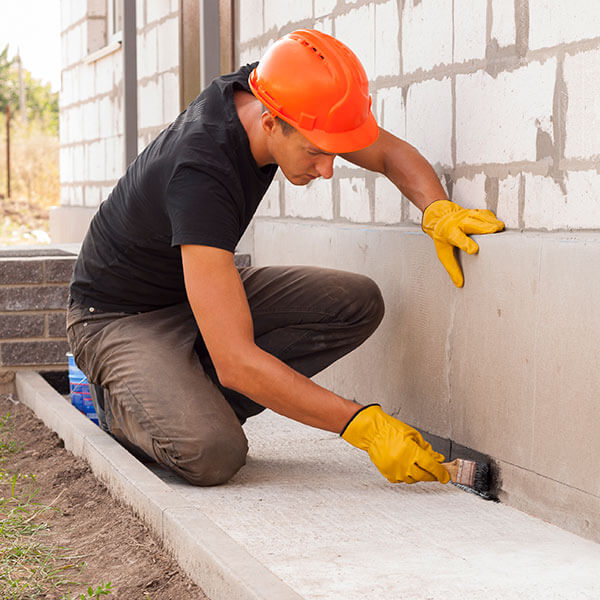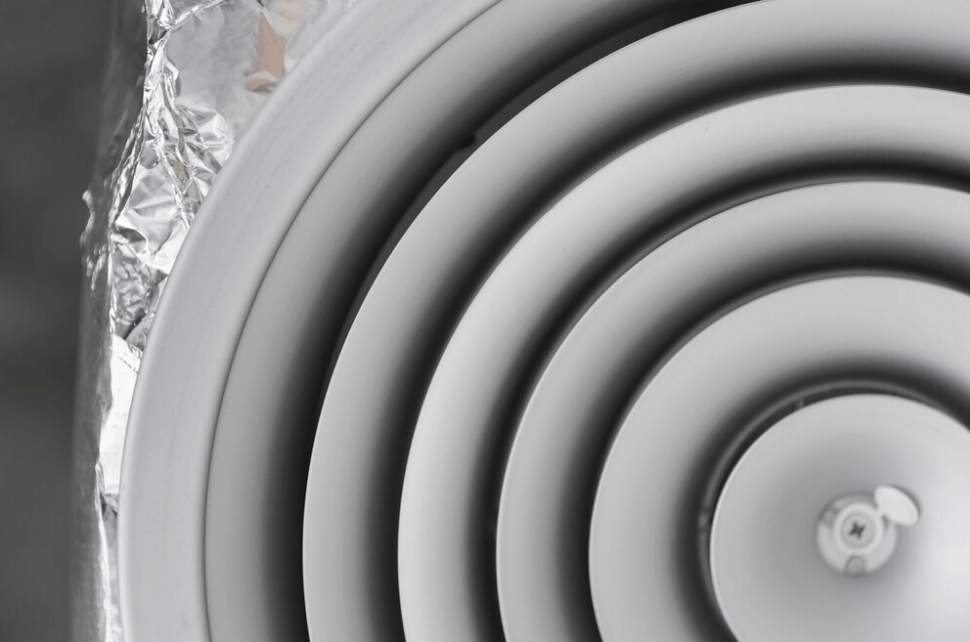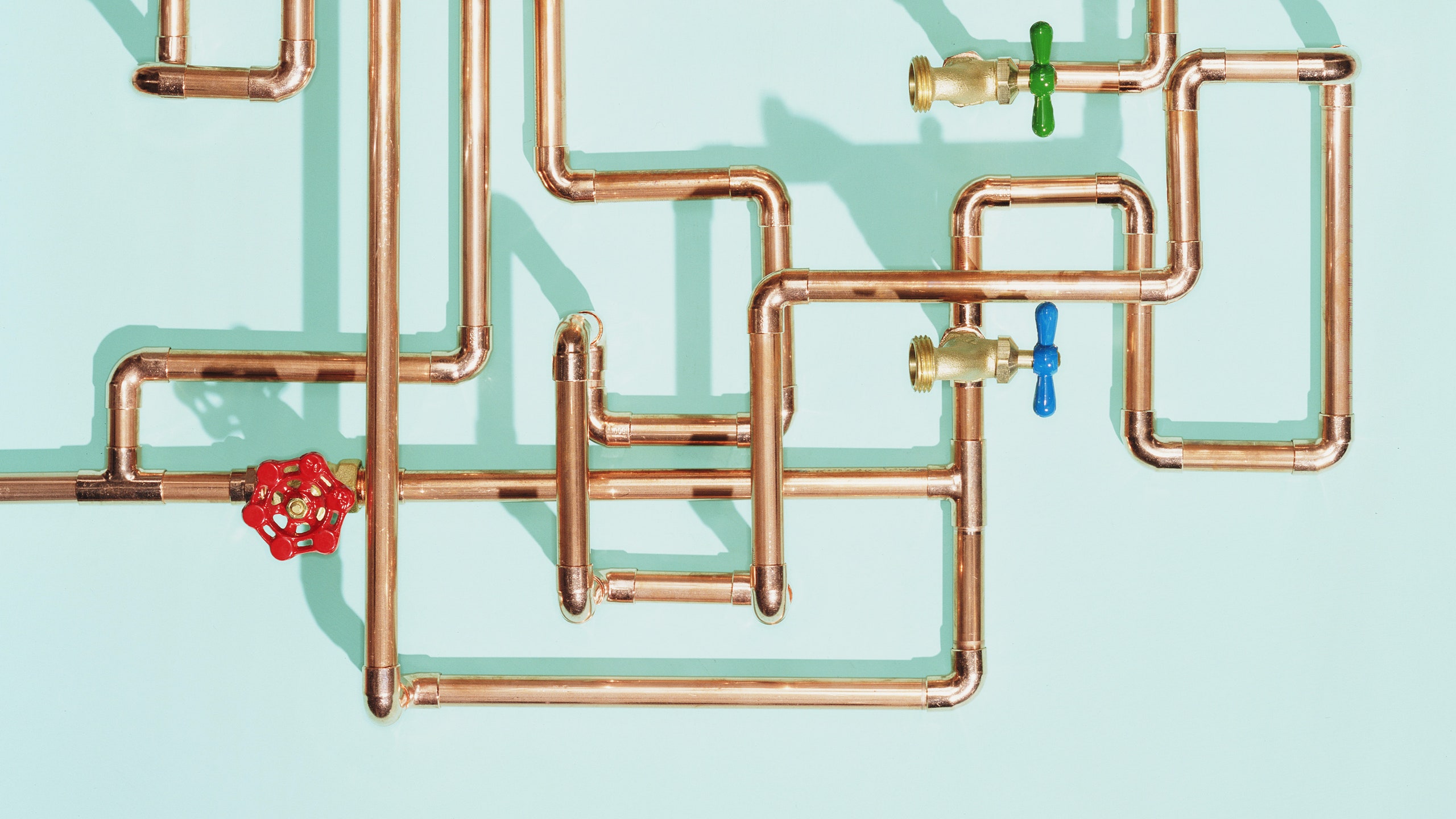10 Reasons Why UV Purification is Essential for Clean Water

Access to clean and safe drinking water is a fundamental human right and a vital component of public health. With increasing concerns about water quality due to pollution, pathogens, and contaminants, the importance of effective purification methods has never been more critical. One such method that has gained significant attention is ultraviolet (UV) purification. This article will explore ten compelling reasons why UV purification is essential for ensuring clean water.
1. Effective Disinfection of Pathogens
One of the primary reasons for employing UV purification is its ability to effectively disinfect water by neutralizing harmful pathogens, including bacteria, viruses, and protozoa. UV light disrupts the DNA of these microorganisms, rendering them unable to reproduce and effectively eliminating their threat to human health. This disinfection process is faster than traditional methods, such as chlorination, and does not produce harmful by-products, making it an environmentally friendly choice.
2. Chemical-Free Water Treatment
Unlike some traditional water treatment methods that rely on chemical disinfectants, UV purification is a chemical-free process. This means there are no residual chemicals left in the water after treatment, making it safer for human consumption. The absence of chemicals not only ensures that the water is free from unwanted taste or odor but also protects the environment by reducing the risk of chemical runoff.
3. Sustainable and Eco-Friendly
As global awareness of environmental issues grows, the demand for sustainable and eco-friendly water treatment solutions is increasing. UV purification systems consume relatively low amounts of energy compared to other treatment methods, and they do not produce chemical waste. This sustainability makes UV purification a responsible choice for communities and industries seeking to minimize their ecological footprint.
4. Versatile Application
UV purification is versatile and can be used in various applications, including residential water treatment systems, municipal water supply, aquaculture, and food processing. This adaptability means that UV purification can address a wide range of water quality issues, making it suitable for diverse settings and needs. Whether it’s ensuring safe drinking water for households or maintaining hygiene in commercial food production, UV purification is an effective solution.
5. Quick and Efficient Treatment
The process of UV purification is both quick and efficient. UV systems can treat large volumes of water in a matter of seconds, making them ideal for facilities with high water demand. This rapid treatment capacity is especially beneficial in emergency situations, such as natural disasters, where access to clean water is critical. The ability to provide immediate disinfection helps ensure that populations have access to safe drinking water when they need it most.
6. Low Operating Costs
When considering water treatment methods, cost-effectiveness is a significant factor for both residential and commercial users. UV purification systems typically have low operating and maintenance costs compared to traditional chemical treatment methods. Once installed, the primary expense involves replacing the UV lamps, which usually lasts around 9,000 to 12,000 hours of operation. This cost efficiency makes UV purification an attractive option for households, businesses, and municipalities looking to optimize their water treatment budgets.
7. No Development of Resistant Strains
One of the critical concerns with chemical disinfectants, such as chlorine, is the potential development of resistant strains of pathogens. When microorganisms are exposed to sub-lethal doses of these chemicals, they can adapt and evolve resistance, making them more difficult to control. In contrast, UV purification does not promote resistance, as the mechanism of action involves direct damage to the DNA of pathogens. This characteristic ensures that UV purification remains effective against a wide range of microorganisms over time.
8. Improves Water Clarity and Taste
In addition to disinfecting water, UV purification can enhance the overall quality of water by improving its clarity and taste. UV treatment can effectively eliminate color and turbidity caused by organic matter and other contaminants, resulting in clearer and more aesthetically pleasing water. This improvement in water quality not only enhances the drinking experience but also encourages better hydration habits among individuals, promoting overall health and well-being.
Air duct cleaning is the process of removing dust, dirt, pollen, mold, and other contaminants from the air ducts in your home or business. This can help to improve the air quality in your space, reduce allergy symptoms, and make your HVAC system more efficient.
9. Minimal Space Requirements
For many households and businesses, space is often a concern when it comes to water treatment systems. UV purification units are compact and can be easily installed in various settings without requiring significant modifications to existing plumbing systems. This space efficiency makes UV systems a convenient option for those looking to incorporate effective water purification into their homes or facilities.
10. Regulatory Compliance and Safety Standards
Finally, many health and safety regulations require strict adherence to water quality standards, particularly in municipalities and industries that supply water to the public. UV purification systems can help organizations meet these regulatory requirements by ensuring the effective disinfection of water. Compliance with these standards not only protects public health but also enhances the credibility and reputation of the organizations involved in water supply.
Air purification systems are essential for maintaining clean and healthy indoor air quality, especially in urban settings where pollution levels are high. These systems work by removing airborne particles, allergens, and harmful pollutants, ensuring a safer breathing environment. They utilize various technologies, including HEPA filters, activated carbon, and UV light, to target different types of contaminants. By reducing allergens like dust, pollen, and pet dander, air purifiers can alleviate symptoms for individuals with respiratory conditions such as asthma and allergies. Investing in air purification systems not only enhances comfort but also promotes overall well-being and productivity in homes and workplaces.
Conclusion
In conclusion, UV purification stands out as an essential method for ensuring clean and safe drinking water. Its ability to effectively disinfect pathogens, operate without chemicals, and offer sustainable, efficient solutions makes it a top choice for water treatment in various applications. As the demand for safe water continues to grow, embracing innovative technologies like UV purification will play a crucial role in safeguarding public health and enhancing the overall quality of water supplies worldwide.
For more information visit this website: websarticle.com




